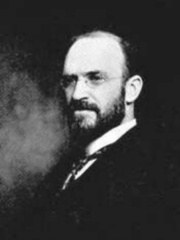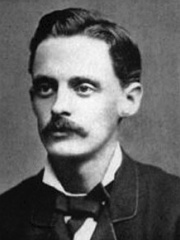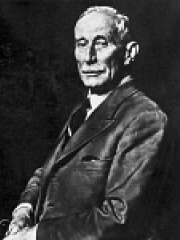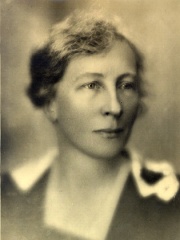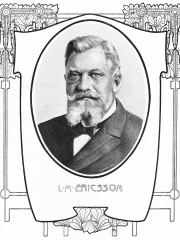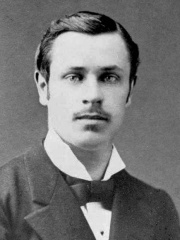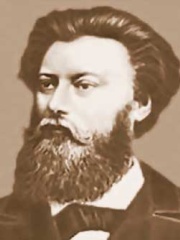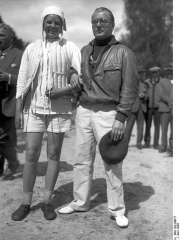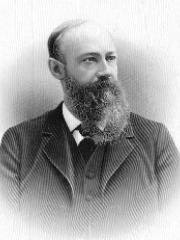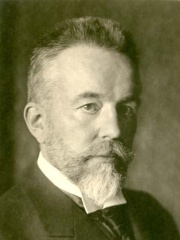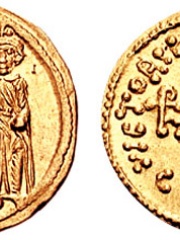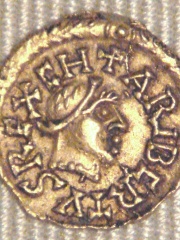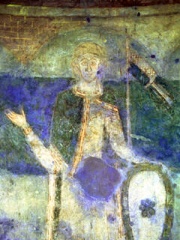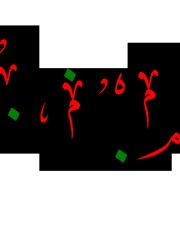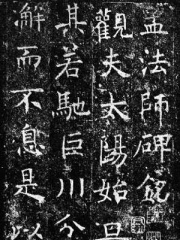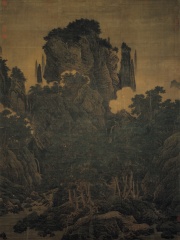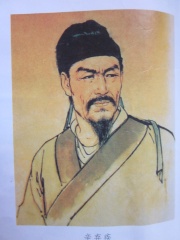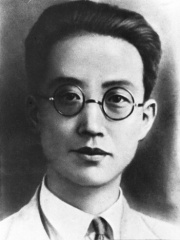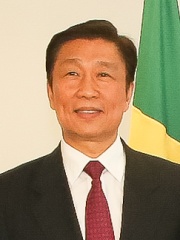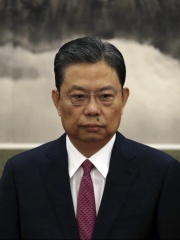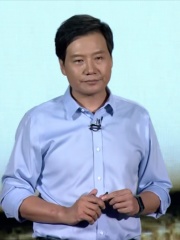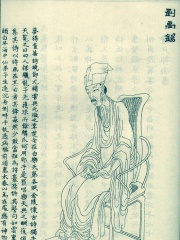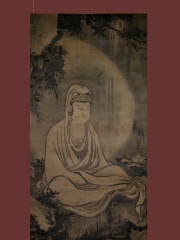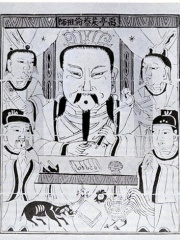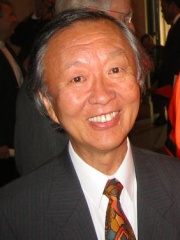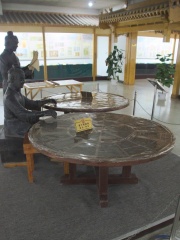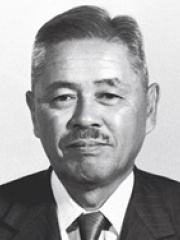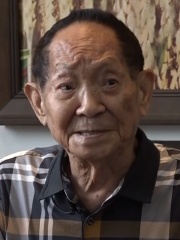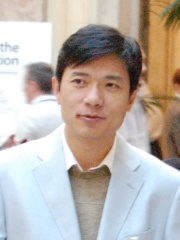INVENTOR
Thonmi Sambhota
618 - 658
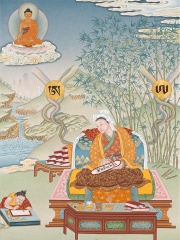
 Thonmi Sambhota
Thonmi Sambhota
Thonmi Sambhota (Thönmi Sambhoṭa, (Tib. ཐོན་མི་སམ་བྷོ་ཊ།, Wylie thon mi sam+b+ho Ta; c.619-7th C.) is a figure credited by Tibetan traditions with creating the first Tibetan script, based on the Gupta alphabet, after being sent by king Songsten Gampo to study in India. He is also credited with serving the king as his minister and escorting two princesses from Nepal and China into Tibet to become Songtsen Gampo's queens. The authenticity of this legend has been questioned. Read more on Wikipedia
His biography is available in 20 different languages on Wikipedia (up from 19 in 2024). Thonmi Sambhota is the 230th most popular inventor (up from 243rd in 2024), the 694th most popular biography from China (up from 731st in 2019) and the 6th most popular Chinese Inventor.
Memorability Metrics
Page views of Thonmi Sambhota by language
Among INVENTORS
Among inventors, Thonmi Sambhota ranks 230 out of 426. Before him are Melvil Dewey, Elihu Thomson, Hubert Cecil Booth, Lillian Moller Gilbreth, Lars Magnus Ericsson, and Laurens Hammond. After him are Rodolphe Lindt, George Washington, Pavel Yablochkov, Fritz von Opel, John Wesley Hyatt, and Aurel Stodola.
Most Popular Inventors in Wikipedia
Go to all RankingsMelvil Dewey
1851 - 1931
HPI: 61.04
Rank: 224
Elihu Thomson
1853 - 1937
HPI: 61.03
Rank: 225
Hubert Cecil Booth
1871 - 1955
HPI: 60.94
Rank: 226
Lillian Moller Gilbreth
1878 - 1972
HPI: 60.86
Rank: 227
Lars Magnus Ericsson
1846 - 1926
HPI: 60.81
Rank: 228
Laurens Hammond
1895 - 1973
HPI: 60.79
Rank: 229
Thonmi Sambhota
618 - 658
HPI: 60.59
Rank: 230
Rodolphe Lindt
1855 - 1909
HPI: 60.55
Rank: 231
George Washington
1871 - 1946
HPI: 60.55
Rank: 232
Pavel Yablochkov
1847 - 1894
HPI: 60.35
Rank: 233
Fritz von Opel
1899 - 1971
HPI: 60.34
Rank: 234
John Wesley Hyatt
1837 - 1920
HPI: 60.27
Rank: 235
Aurel Stodola
1859 - 1942
HPI: 60.26
Rank: 236
Contemporaries
Among people born in 618, Thonmi Sambhota ranks 3. Before him are Heraklonas, and Charibert II. Among people deceased in 658, Thonmi Sambhota ranks 5. Before him are Samo, Malik al-Ashtar, Muhammad ibn Abi Bakr, and Khabbab ibn al-Aratt. After him are Erchinoald, and Chu Suiliang.
Others Born in 618
Go to all RankingsHeraklonas
POLITICIAN
618 - 641
HPI: 78.77
Rank: 1
Charibert II
POLITICIAN
618 - 632
HPI: 68.36
Rank: 2
Thonmi Sambhota
INVENTOR
618 - 658
HPI: 60.59
Rank: 3
Others Deceased in 658
Go to all RankingsSamo
POLITICIAN
600 - 658
HPI: 74.04
Rank: 1
Malik al-Ashtar
RELIGIOUS FIGURE
585 - 658
HPI: 66.52
Rank: 2
Muhammad ibn Abi Bakr
COMPANION
631 - 658
HPI: 64.73
Rank: 3
Khabbab ibn al-Aratt
RELIGIOUS FIGURE
587 - 658
HPI: 63.65
Rank: 4
Thonmi Sambhota
INVENTOR
618 - 658
HPI: 60.59
Rank: 5
Erchinoald
POLITICIAN
700 - 658
HPI: 60.58
Rank: 6
Chu Suiliang
POLITICIAN
597 - 658
HPI: 59.92
Rank: 7
In China
Among people born in China, Thonmi Sambhota ranks 694 out of 1,610. Before him are Fritz-Julius Lemp (1913), Jiong of Xia (null), Zhang Ziyi (1979), Li Tang (1050), Xin Qiji (1140), and Qu Qiubai (1899). After him are Yang Liwei (1965), Li Yuanchao (1950), Zhao Leji (1957), Lei Jun (1969), Liu Yuxi (772), and Muqi (1210).
Others born in China
Go to all RankingsFritz-Julius Lemp
MILITARY PERSONNEL
1913 - 1941
HPI: 60.67
Rank: 688
Jiong of Xia
POLITICIAN
HPI: 60.66
Rank: 689
Zhang Ziyi
ACTOR
1979 - Present
HPI: 60.64
Rank: 690
Li Tang
PAINTER
1050 - 1130
HPI: 60.63
Rank: 691
Xin Qiji
POLITICIAN
1140 - 1207
HPI: 60.62
Rank: 692
Qu Qiubai
POLITICIAN
1899 - 1935
HPI: 60.60
Rank: 693
Thonmi Sambhota
INVENTOR
618 - 658
HPI: 60.59
Rank: 694
Yang Liwei
ASTRONAUT
1965 - Present
HPI: 60.55
Rank: 695
Li Yuanchao
POLITICIAN
1950 - Present
HPI: 60.55
Rank: 696
Zhao Leji
POLITICIAN
1957 - Present
HPI: 60.53
Rank: 697
Lei Jun
BUSINESSPERSON
1969 - Present
HPI: 60.51
Rank: 698
Liu Yuxi
PHILOSOPHER
772 - 842
HPI: 60.50
Rank: 699
Muqi
PAINTER
1210 - 1270
HPI: 60.47
Rank: 700
Among INVENTORS In China
Among inventors born in China, Thonmi Sambhota ranks 6. Before him are Cai Lun (48), Charles K. Kao (1933), Bi Sheng (990), Taiichi Ohno (1912), and Yuan Longping (1930). After him are An Wang (1920), and Robin Li (1968).
Cai Lun
48 - 121
HPI: 79.13
Rank: 1
Charles K. Kao
1933 - 2018
HPI: 69.49
Rank: 2
Bi Sheng
990 - 1052
HPI: 68.70
Rank: 3
Taiichi Ohno
1912 - 1990
HPI: 65.31
Rank: 4
Yuan Longping
1930 - 2021
HPI: 61.42
Rank: 5
Thonmi Sambhota
618 - 658
HPI: 60.59
Rank: 6
An Wang
1920 - 1990
HPI: 56.08
Rank: 7
Robin Li
1968 - Present
HPI: 52.85
Rank: 8
